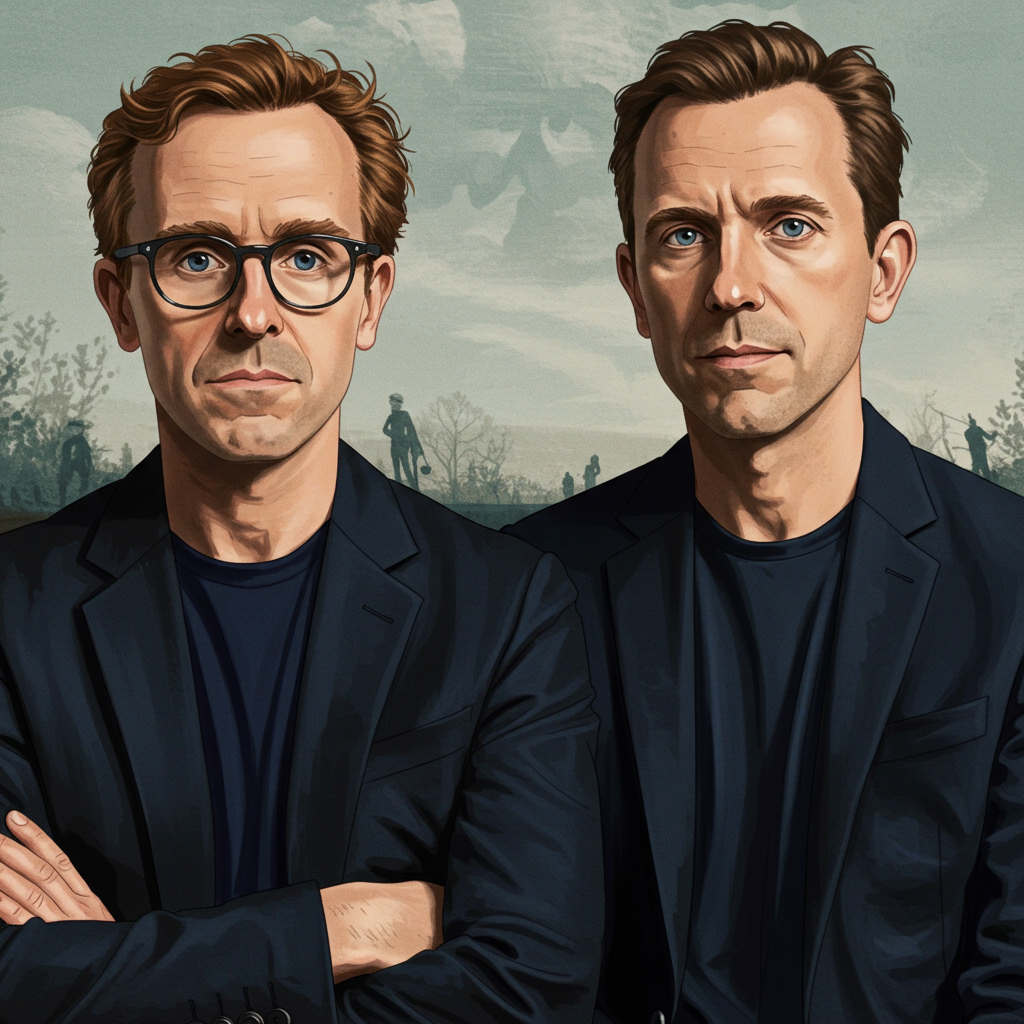More than two decades after revitalizing the horror genre with a terrifying vision of a U.K. ravaged by a hyper-aggressive virus, director Danny Boyle and writer Alex Garland return to the nightmare they conjured. 28 Years Later serves as both a spiritual successor and the opening chapter of a planned new trilogy, diving back into the post-apocalyptic landscape and confronting the enduring legacy of the “Rage.”
The original 28 Days Later (2002) was lauded for its raw, low-fi digital aesthetic and, crucially, its introduction of terrifyingly fast, rage-fueled “infected,” a deliberate distinction from traditional shambling zombies. Boyle emphasized the infected weren’t undead but intensely alive and violently ill, capable of death. This innovation, along with the film’s portrayal of societal collapse and human nature under extreme duress, cemented its place as a cultural touchstone and sparked a significant boom in the horror subgenre. While Juan Carlos Fresnadillo directed the 2007 sequel 28 Weeks Later, 28 Years Later marks the true creative reunion of Boyle and Garland, alongside original cinematographer Anthony Dod Mantle and producer Andrew McDonald, aiming to deepen the saga.
Two Decades Later: The World and Its Survivors
Set nearly 28 years after the initial devastating outbreak, the new film finds Britain still largely isolated and struggling to rebuild. Much of the mainland remains fenced off and dangerous, but pockets of survivors have established precarious communities. The story primarily centers on a small group who have found refuge on a tranquil island off the coast of England, living a life devoid of modern technology.
Within this community is teenager Spike (Alfie Williams), who has known no other world, and his parents, Jamie (Aaron Taylor-Johnson) and Isla (Jodie Comer), who were just children when the collapse occurred. The dangerous act of venturing onto the mainland – accessible sometimes only by a low-tide causeway – has become a normalized, violent rite of passage necessary for survival, primarily for hunting or scavenging.
Evolved Threats and Primal Fears
The passage of time hasn’t lessened the horror; the infected have evolved. Beyond the original sprinting “berserkers” and slower “crawlers” or “emaciated ragers,” a terrifying new strain has emerged: the “Alphas.” These larger, stronger infected are described as apex carriers of the virus, capable of hunting in packs and displaying a chilling, almost Neanderthalish intelligence, even utilizing victims’ bones or spines in disturbing ways. Boyle notes that the virus itself is “alive” and mutating, driving certain infected to become relentless hunters to fuel their immense energy expenditure. While undeniably monstrous, the film, particularly through the perspective of a key character introduced later, grapples with the idea that even these rage-compromised souls might retain a semblance of their former humanity, adding a layer of complexity to the conflict.
A Perilous Journey and Philosophical Depth
Spike’s sheltered world is disrupted when his mother, Isla, falls ill (not from the Rage, but with a fever). Driven by a blend of youthful naivete and determination, Spike embarks on a perilous journey to the mainland in search of a rumored reclusive medical physician. This quest leads to the introduction of Dr. Ian Kelson (Ralph Fiennes), a character described as a shamanistic, almost Colonel Kurtz-like figure living on the edge of sanity amidst the chaos.
Kelson becomes central to the film’s deeper thematic concerns. He challenges the black-and-white view of the infected, insisting on their shared humanity and forcing characters (and the audience) to confront death and preservation in unsettling ways. This narrative shift allows the film to explore profound questions: How is trauma passed down through generations? What is the cost of survival when killing becomes normalized? Who are the real savages in a world where human empathy can erode faster than civilization?
Drawing influence from real-world events like Brexit – which Boyle views as the U.K. “looking backwards” – and the COVID-19 pandemic, the film examines themes of self-imposed isolation, navigating the aftermath of catastrophe, and society’s adaptation from high alert to taking dangerous risks.
Style, Substance, and Savagery
Matching the evolution of the infected, the film’s technical and stylistic approach builds upon the original’s foundation while escalating its ambition. Boyle’s signature fast-paced direction is fully evident, complemented by Jon Harris’s disorienting, rapid-fire editing that employs unconventional cuts, axis jumps, non-diegetic inserts (including jarring black-and-white archival footage and historical references), and even turns chase scenes into “grotesque music videos” with unexpected needle drops.
Anthony Dod Mantle’s cinematography utilizes cutting-edge technology like iPhones to maintain a raw, intimate feel reminiscent of the original, yet achieves stunning clarity and employs a dramatic, ultra-panoramic aspect ratio to capture both the desolation and unexpected beauty of the landscapes (including a memorable sequence lit by the aurora borealis). This deliberately abrasive and confounding style is part of the filmmakers’ “punk streak,” forcing the audience to adapt to the harsh reality of this world, just as the original used digital cameras to redefine the genre’s look.
While some critics note a tonal inconsistency – shifting between frantic terror and a more meditative, philosophical final act – the film is widely praised for its visual innovation, thematic depth, and ambition. It’s called a “bold and beautiful return to form” that successfully captures the essence of the original while injecting new ideas and escalating the stakes. Despite a central plot that some find less compelling than the surrounding elements, the quirky side characters, maniacal editing, and challenging themes elevate the experience.
Looking Ahead: A New Trilogy Begins
28 Years Later makes it clear this is not just a one-off sequel but the launchpad for a new saga. It is the first film in a planned trilogy, all written by Alex Garland. The second installment, reportedly titled The Bone Temple, has already been filmed with Nia DaCosta directing, aiming to break up the “boys club” behind the series. Boyle intends to return to direct the third film, hinting at a larger story of redemption that could potentially bring back Cillian Murphy’s character, Jim, from the original 28 Days Later to bring the saga full circle.
Ultimately, 28 Years Later is a confounding and headstrong movie that refuses to offer easy answers. It successfully navigates the challenge of revisiting a saturated genre by focusing on the lingering weight of the apocalypse, the cost of survival, and the complex, often dark, nature of humanity itself. It dares the audience to question who the real monsters are and stands as a compelling, albeit sometimes jarring, evolution of the Rage virus saga, setting the stage for an ambitious future.



